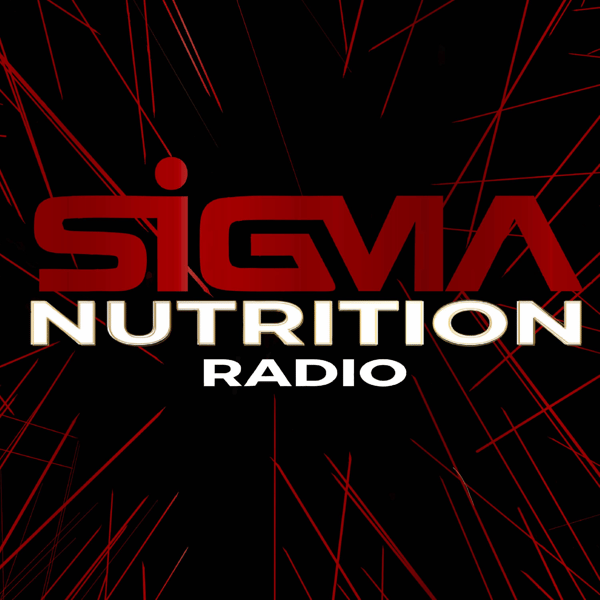#436: Charlene Van Buiten, PhD – Coeliac Disease & the Search for Novel Therapies
Sigma Nutrition Radio
Danny Lennon
4.8 • 626 Ratings
🗓️ 3 May 2022
⏱️ 39 minutes
🧾️ Download transcript
Summary
Coeliac disease is an autoimmune disorder stimulated by the ingestion of gluten, a protein found naturally in wheat, barley and rye. The condition affects approximately 1% of the Western world. However, currently the only approved treatment for coeliac disease is adherence to a gluten-free diet for life.
Therefore there is much research underway to develop alternative treatment options that may help these patients. One novel antigen-focused therapy that has been hypothesised is the use of plant bioactives.
Specifially, in vitro work by Dr. Charlene Van Buiten has looked as whether there is a mechanism by which polyphenols from green tea could be of benefit. Her work shows that these polyphenols can mitigate gliadin-mediated inflammation and intestinal permeability in vitro.
Transcript
Click on a timestamp to play from that location
| 0:00.0 | Hello and welcome to Sigma Nutrition Radio. I'm your host, Danny Lennon, and this is episode |
| 0:19.8 | 436 of the podcast. You are very welcome. |
| 0:24.8 | Today, I have the pleasure of being joined by Dr. Charlene Van Bouten, who has done work in the area of looking at bioactive compounds in plants and potentially working out, is there a mechanism by which |
| 0:40.1 | these could be used in the future to treat celiac disease or have some beneficial impact in that |
| 0:46.0 | pathogenesis? So Dr. Van Bouten's background is as a food chemist at Colorado State University, |
| 0:51.9 | where her research, in addition to looking at this |
| 0:54.6 | biochemical functionality of plant-based foods, looks at that in the context of treating |
| 0:59.5 | various chronic inflammatory diseases, and much of that focus up to this point has been on |
| 1:04.7 | celiac disease specifically, which we're going to focus on today. And some of the reason why I wanted to talk to Dr. Van Bouten is because |
| 1:13.3 | she has published some very novel and interesting work looking at some of these potential |
| 1:19.0 | mechanisms. But as we're going to discuss throughout this conversation, this is preliminary |
| 1:24.5 | mechanistic work in vitro, which is very fascinating for people within academia |
| 1:30.5 | and to try and tease out some potentially new novel therapies. And so it's really useful to get |
| 1:36.0 | an insight to a, but also as a kind of second meta-level point that we'll return to is, as you've |
| 1:42.2 | noted on previous episodes of this podcast, we often talk |
| 1:45.5 | about how some people who we would consider to be quacks or gurus or putting up bad information |
| 1:51.9 | online tend to be people who make a really bold claim or give people direct advice. And when |
| 1:58.0 | asked to back that up, they simply talk about mechanisms or maybe point to mechanistic |
| 2:03.2 | work. And I think it's really useful sometimes to contrast that type of rhetoric with what you |
| 2:09.1 | actually hear from trustworthy academics and researchers who do that type of work and how they |
| 2:16.0 | communicate that and talk about it and put that in the |
| 2:19.2 | context of the overall body of work and then what we need to do in the future. So this is a really |
... |
Please login to see the full transcript.
Disclaimer: The podcast and artwork embedded on this page are from Danny Lennon, and are the property of its owner and not affiliated with or endorsed by Tapesearch.
Generated transcripts are the property of Danny Lennon and are distributed freely under the Fair Use doctrine. Transcripts generated by Tapesearch are not guaranteed to be accurate.
Copyright © Tapesearch 2025.

